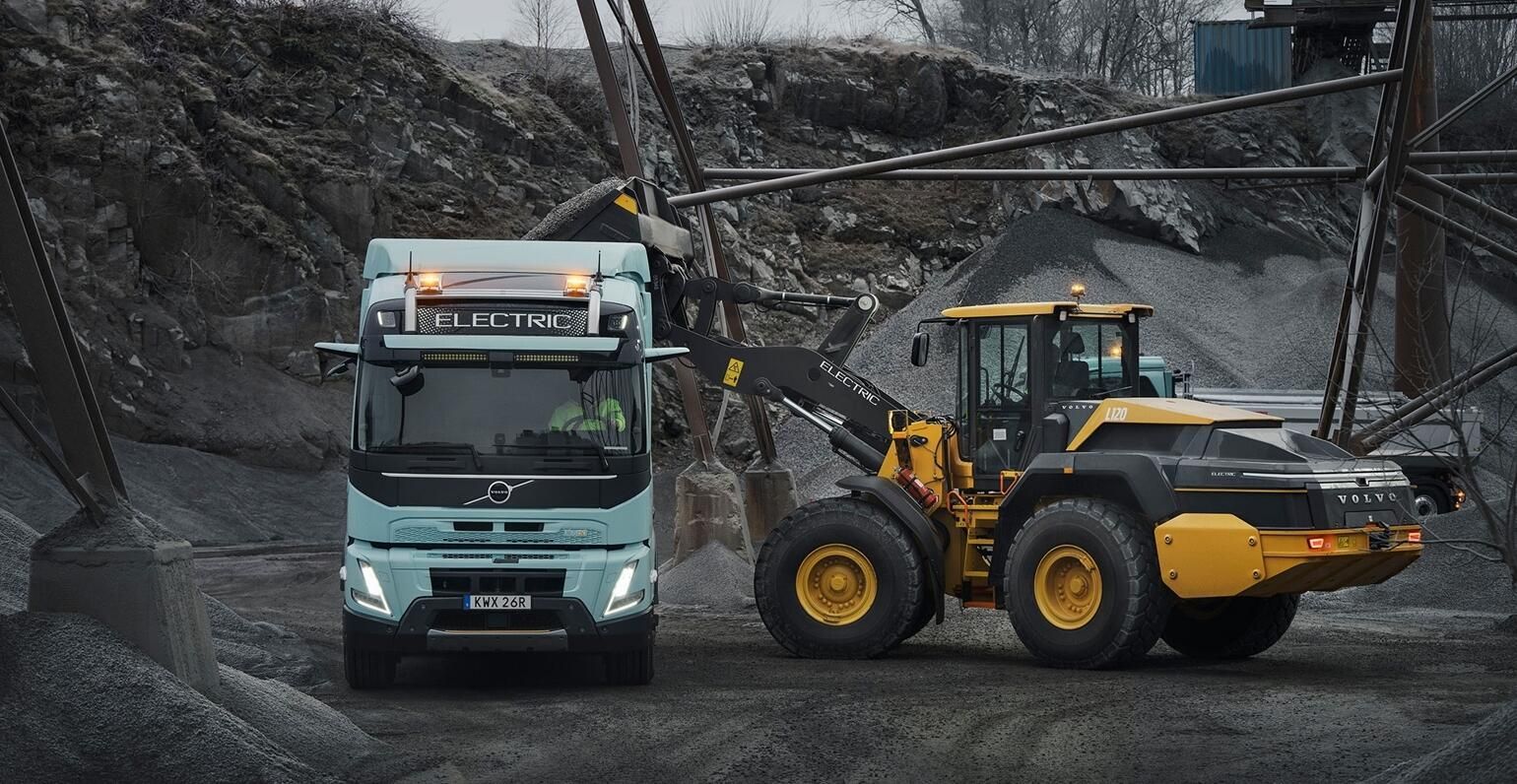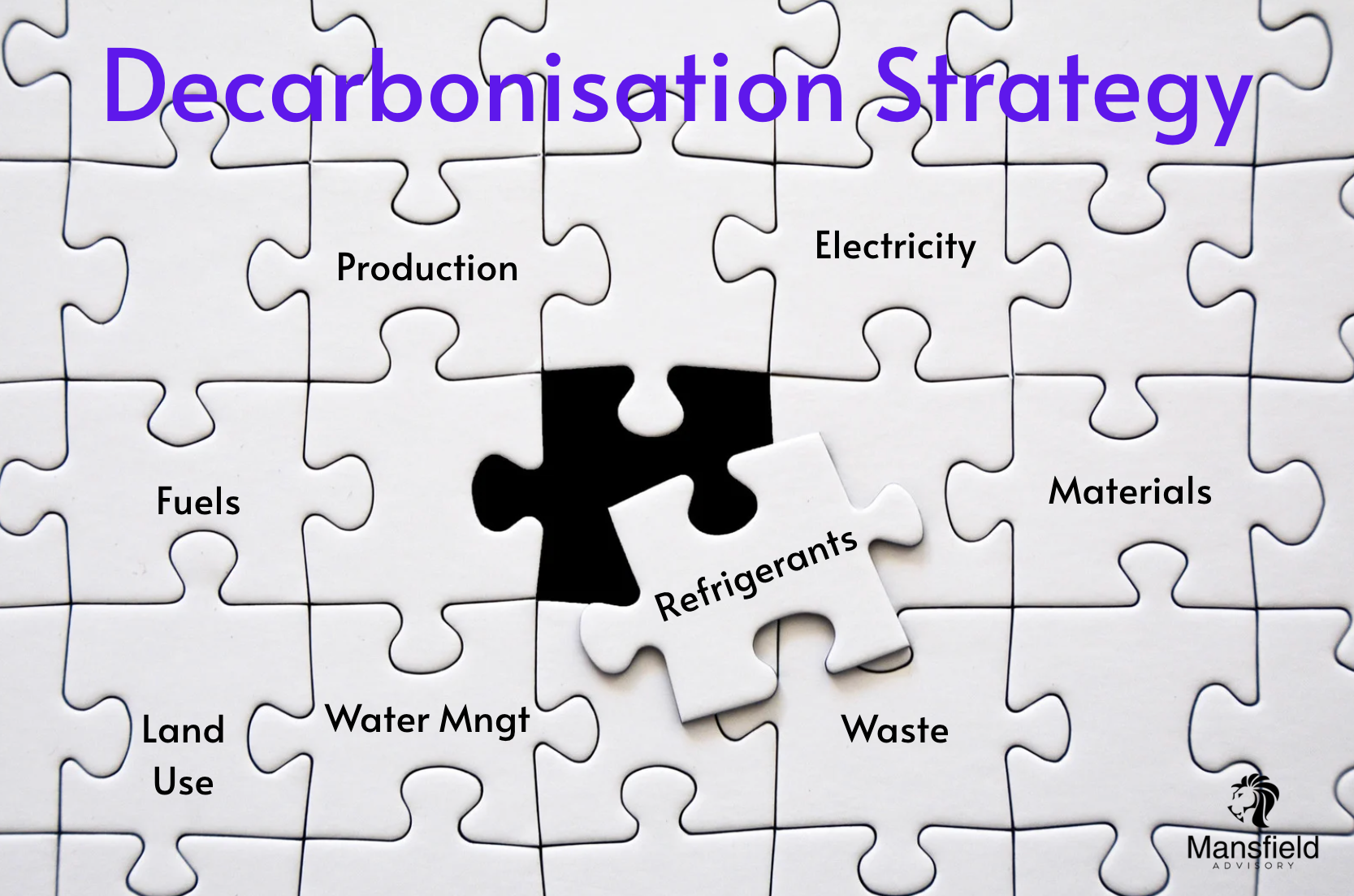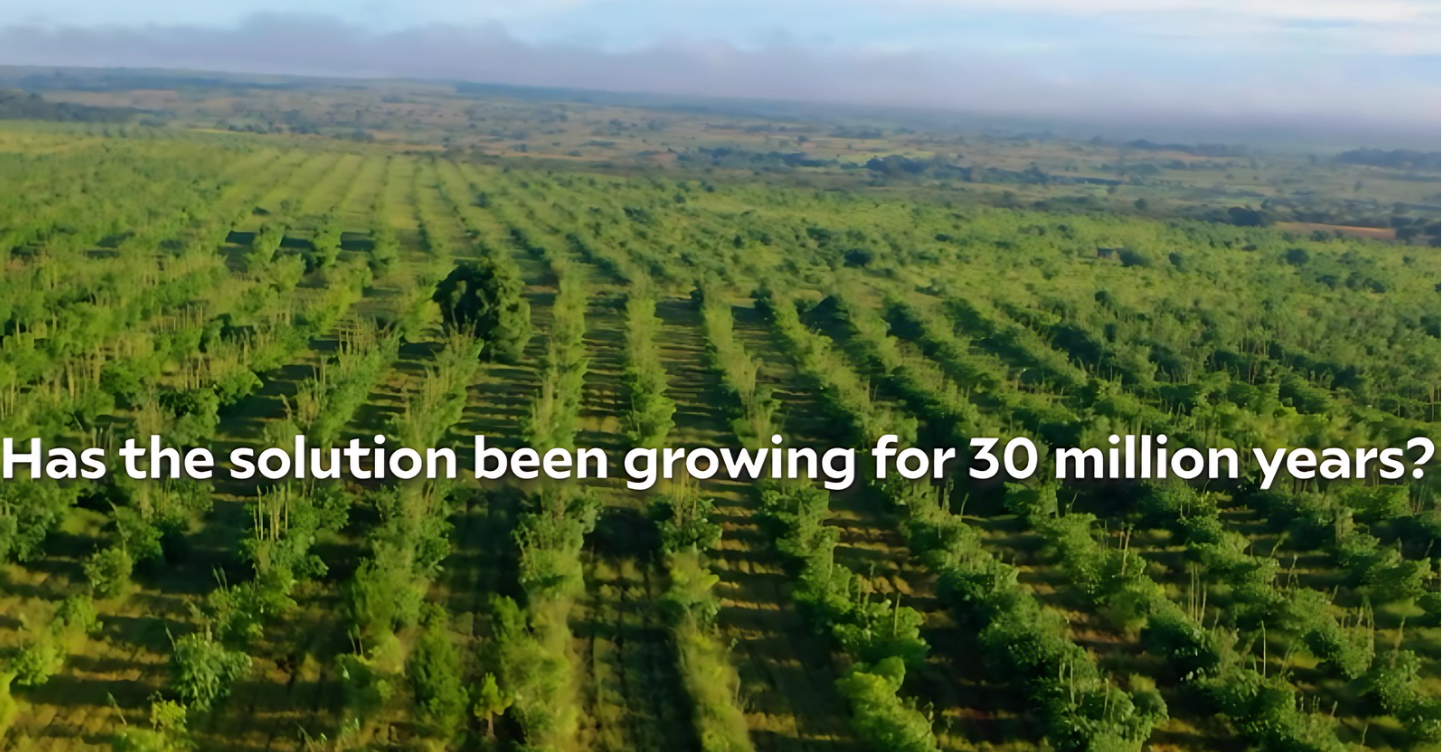The Emerging Fourth Green Shade: Beyond Greenwashing
The Three shades of green you don’t want to be tarnished article focused on greenwashing, greenhushing and greenwishing. The emerging fourth shade on the block is greengushing.
This article introduces "greengushing," the latest in a series of environmental marketing trends, where enthusiasm for sustainability leads to exaggerated claims. We explore how this phenomenon differs from greenwashing, its implications, and how businesses can navigate these waters to maintain credibility and compliance.
Understanding Greengushing
Greengushing is when companies, driven by genuine enthusiasm for environmental issues, overstate their commitment or achievements. Unlike greenwashing, which might involve deliberate deceit, greengushing often stems from optimism or a lack of understanding about what can be realistically achieved. This can set unrealistic expectations among stakeholders.
Why Greengushing Matters?
- Credibility: Overstatements can be just as damaging to trust as outright deception.
- Legal and Regulatory Risks: Increased scrutiny from regulatory bodies like the ACCC can lead to legal consequences for making misleading environmental claims.
- Consumer Trust: Consumers increasingly value authenticity, making overpromising a risky strategy that could backfire and damage brand loyalty.
Navigating the Green Spectrum
- Transparency: Companies should fully disclose their sustainability journey, including both successes and challenges..
- Set Realistic Goals: Ambition must be grounded in achievable targets with clear metrics.
- Evidence Over Enthusiasm: Every claim should be supported by data or demonstrable results.
- Engage and Educate: Marketing should inform and educate about sustainability efforts, demonstrating true commitment rather than just selling products.
Risk of Regulatory Scrutiny
While the ACCC's guidelines primarily address greenwashing, these principles can also be applied to grasp the risks of greengushing:
- Misleading Claims: Even if not intended to deceive, exaggerated claims can still mislead consumers or stakeholders, thus inviting regulatory scrutiny.
- Legal Implications: Company leaders could face personal legal consequences for misleading environmental claims.
- Intent vs. Outcome: Whether greengushing is intentional or results from negligence, the outcome of misleading stakeholders is likely to attract similar regulatory attention as deliberate greenwashing.
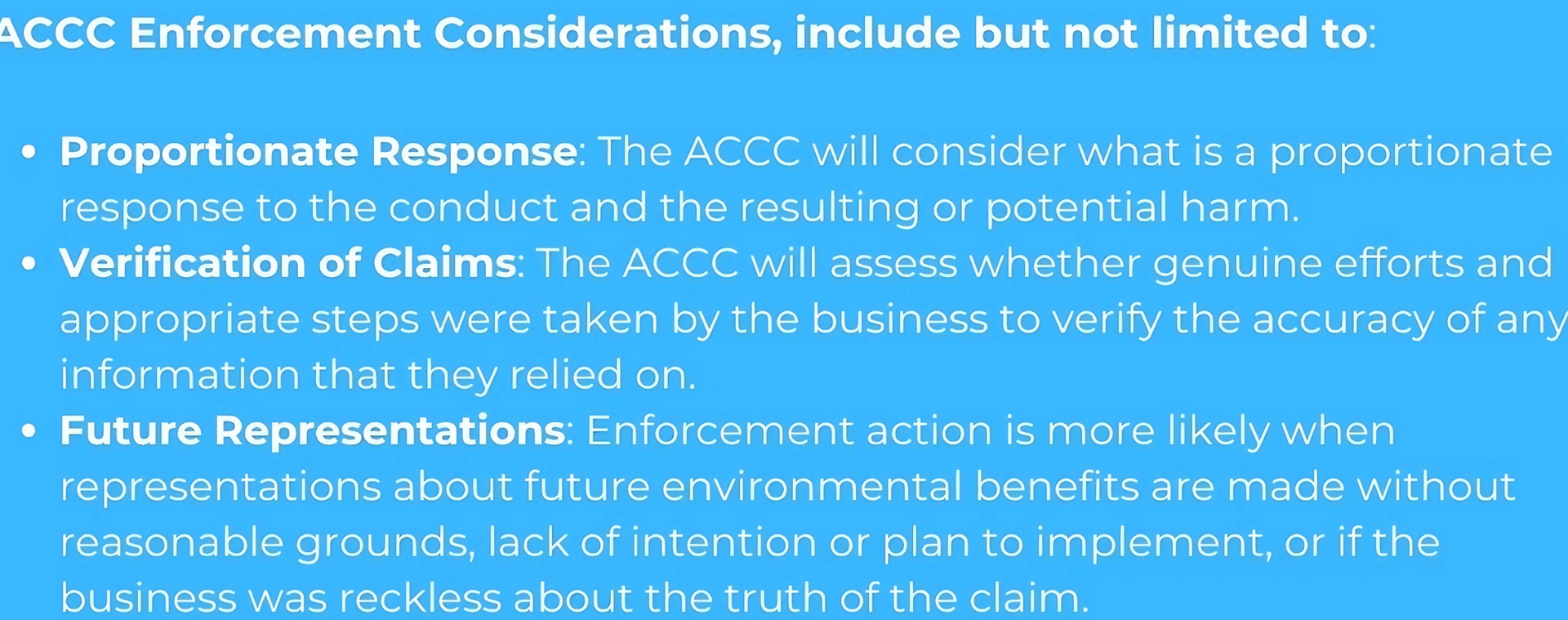
Extract from ACCC's Making Environmental Claims: A guide for business (Dec 2023)
Legal Risk Management
Caution against greengushing comes from recognising that overpromising can attract as much legal scrutiny as outright deception:
- Directors and Officers Liability: Leaders could face personal legal challenges for unmet exaggerated commitments.
- Regulatory Compliance: Adopt the principle of avoiding misleading claims by carefully communicating environmental efforts.
- Reputation Management: Overpromising can lead to a significant loss of consumer trust when promises are unfulfilled.
From Enthusiasm to Authenticity
Balancing enthusiasm with factual reporting is crucial. It's not about questioning a company's commitment to sustainability but about managing:
- Litigation Risks: Overly ambitious or specific goals can lead to legal challenges if not fulfilled.
- Vague Commitments: Conversely, setting less detailed or more conservative targets can lower legal risks by aligning expectations with realistic outcomes.
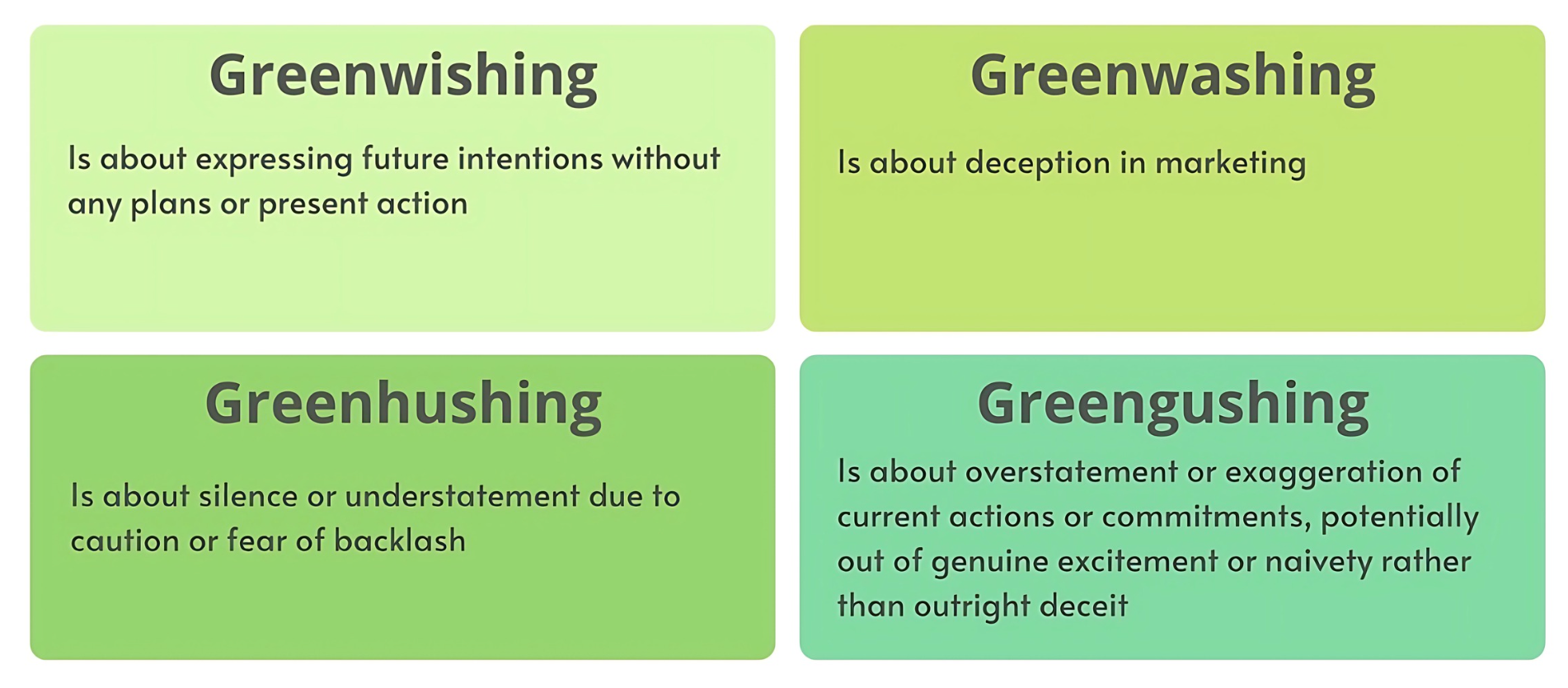
Practical Steps for Businesses:
Audit and Assess: Regularly review marketing and external reporting materials against actual environmental performance.
Training: Educate marketing and communication teams on the nuances of environmental claims.
Stakeholder Engagement: Foster ongoing dialogue with stakeholders about real sustainability efforts.
Verification: Consider third-party audits, independent reviews or certifications to lend credibility to claims.
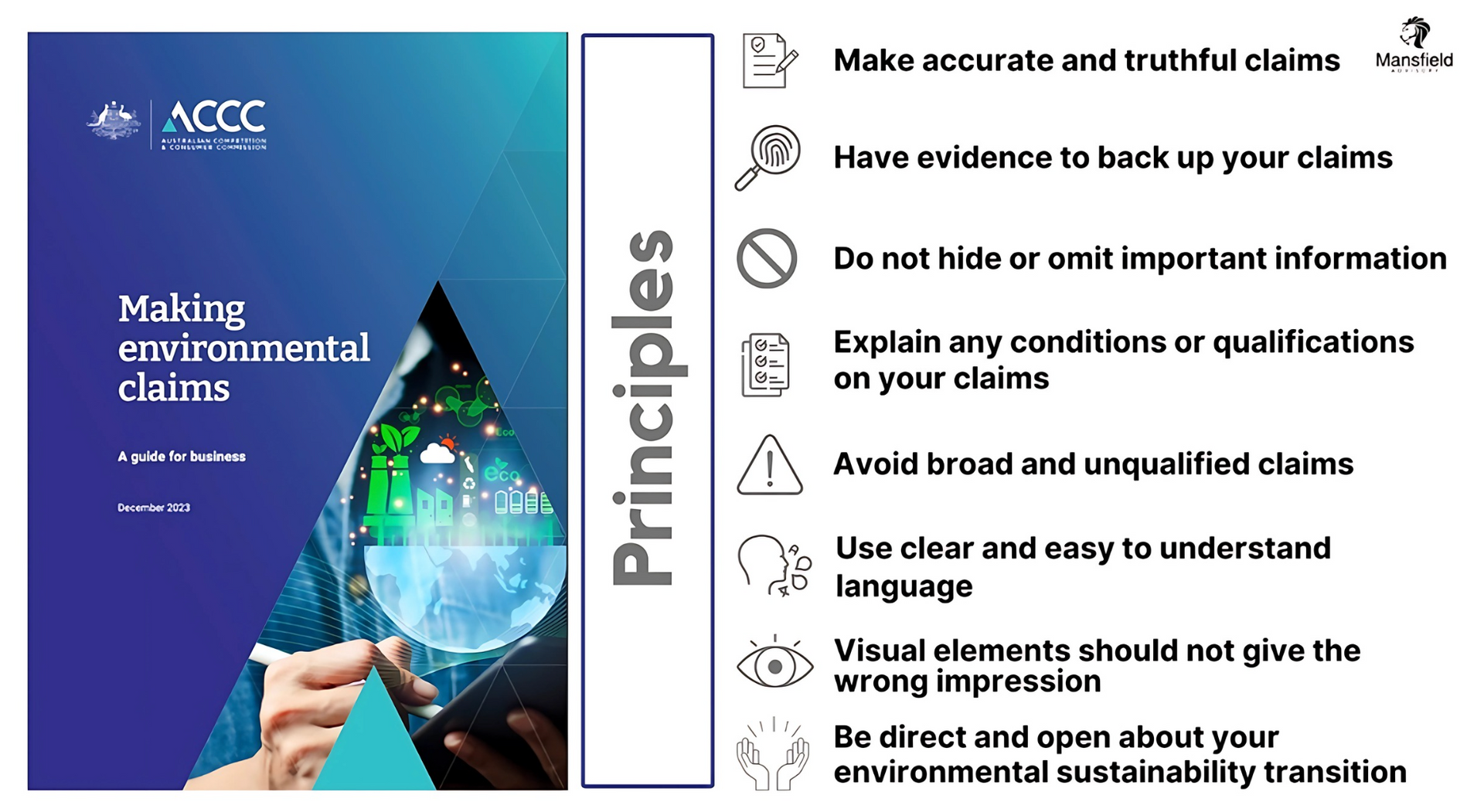
8 Key Principles extracted from the ACCC's Making Environmental Claims: A guide for business (Dec 2023)
Conclusion
The landscape of environmental marketing demands a careful balance between ambition and authenticity. With tightening regulations and reporting frameworks, companies are compelled to substantiate their environmental claims, ensuring they are not merely ambitious but also credible. This strategy not only avoids the risks associated with greengushing but also builds genuine trust with consumers and stakeholders. The era of making grandiose claims without backing is over.
Questions for Consideration:
- How will your company ensure its sustainability claims foster trust without falling into the greengushing trap?
- What steps will you take to make sure your enthusiasm for sustainability translates into credible and trustworthy claims?
Additional tips:
- Refer to ACCC's greenwashing guidelines and case studies.
Disclaimer: The information contained in the article is intended only to provide a general overview of matters of interest and is intended to apply only within Australia. It does not constitute legal advice.
#Greenwashing #Greenwishing #Greenhusing #Greengushing #SustainableFinance #SustainableConstruction #RiskManagement #Governance #Greenwash #Business #Sustainability
First published on LinkedIn 28th October 2024
